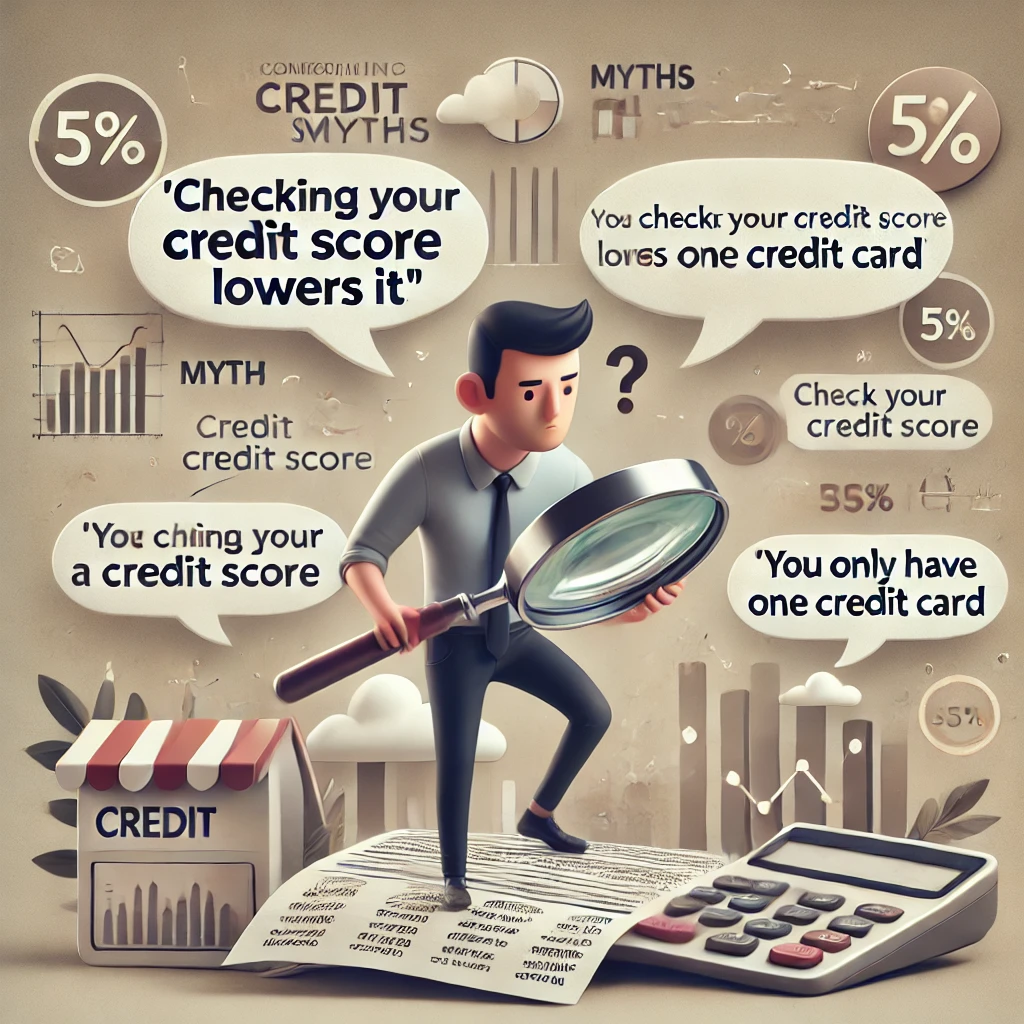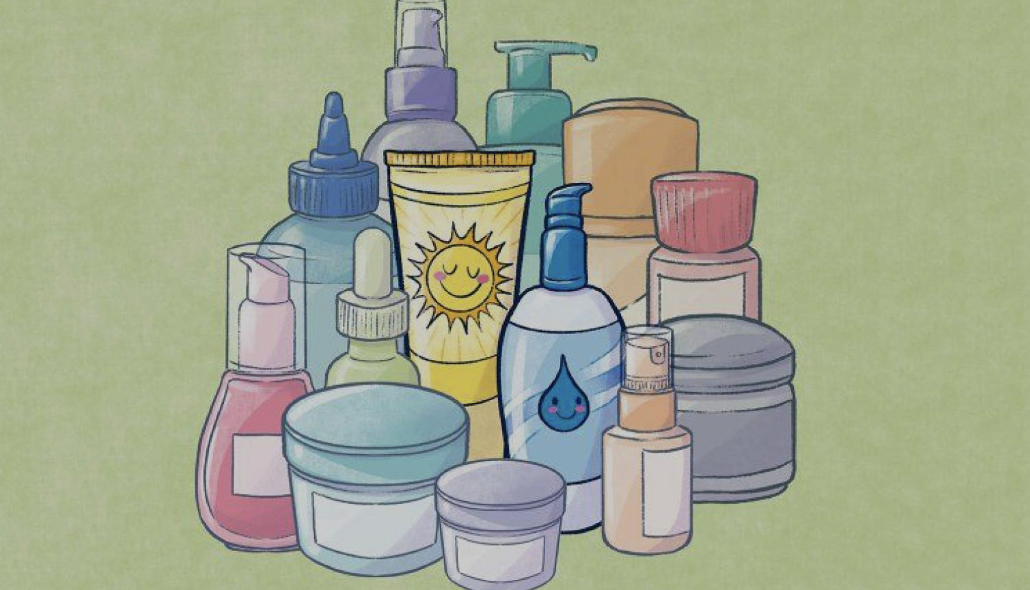Understanding the Decline in Starbucks’ U.S. Traffic
In a recent revelation, Starbucks has been facing a significant downturn in its U.S. traffic, a decline surpassing even the challenging period of the 2008 financial crisis. This slump marks an era of unprecedented difficulty for the renowned coffee giant, sparking a broader conversation about evolving consumer behaviors and market dynamics.
The Gravity of 2008: A Historical Parallel
The 2008 financial crisis was an era marked by widespread economic instability, with consumer spending plummeting across various sectors. Starbucks, like many other consumer-driven brands, was not immune to the effects. During that period, customers re-evaluated their spending habits, leading to reduced traffic in retail outlets, including Starbucks stores across the United States. However, the current decline in U.S. traffic as reported surpasses even those challenging times, prompting a more in-depth analysis of contributing factors.
What’s Behind the Drop?
Several trends and factors play into the contemporary decline in Starbucks’ U.S. traffic. Some of these include:
- Economic Uncertainty: Like many other periods of economic uncertainty, fluctuations in job markets, inflation rates, and consumer confidence can significantly influence buying behaviors.
- Shifts in Consumer Preferences: Today’s consumers are more socially and environmentally conscious. They seek brands that match their values, compelling Starbucks to adjust its strategies continually.
- The Rise of Local Cafes and Independent Coffee Shops: Small and independent coffee shops have been gaining traction, offering unique blends and personal experiences that sometimes outperform large chain offerings.
- Digital Transformation and E-commerce: With the rise of digital technology, consumer habits have shifted significantly. The convenience of online shopping and food delivery services now means that many customers order from the comfort of their homes, reducing foot traffic into physical stores.
Efforts by Starbucks to Counteract the Decline
In response to these challenges, Starbucks has been implementing a series of strategies aimed at revitalizing its brand and capturing consumer interest.
Embracing Sustainability
Starbucks recognizes the importance of sustainability to its brand and is doubling down on eco-friendly practices. By committing to environmental stewardship, the company hopes to align itself with consumer values and reinvigorate its appeal. Investments in green practices, such as recyclable cups or energy-efficient stores, signal this commitment.
Revitalizing the Brand Experience
Starbucks is focused on enhancing the customer experience through store renovations and the creation of more welcoming, community-oriented spaces. This strategy aims to encourage longer stays and facilitate new customer interactions within their stores.
Technological Innovation
To compete with the growing e-commerce trend, Starbucks has also been innovating technologically. The enhancement of their mobile app, improvements in data analytics, and introduction of AI to streamline customer communication and order processes are part of this push. Such efforts aim to provide a seamless experience to tech-savvy consumers.
The Role of Competitors
The coffee market is not isolated. Hence, understanding Starbucks’ performance also involves considering the position and strategy of other competitors in the landscape.
Independent Coffee Shops
Many independent coffee shops are rising in popularity. Known for their unique coffee flavors and personalized customer service, these coffee shops offer consumers an alternative experience that Starbucks must reckon with.
Other Chain Competitors
Competitors such as Dunkin’ and local giants cater to different aspects of the coffee and dining experience. Their growth and geographical expansion force Starbucks to remain dynamic in its approach.
- Dunkin’ has expanded its menu offering to attract a larger demographic.
- Local chains have focused on regional tastes and preferences.
Investor Reaction and Market Implications
The downturn also raises questions for investors regarding the future prospects of Starbucks. Investors are closely monitoring how the company responds to the current landscape and whether it can implement effective strategies to pivot its traffic trends upward.
Investor Confidence
Despite the challenges, many investors remain cautiously optimistic about Starbucks’ potential for recovery. Their faith is often based on the company’s historical resilience and strong brand equity, recognizing that strategic shifts could renew growth.
Market Adjustments
To adapt to the current slump, market analysts highlight the need for Starbucks to re-evaluate its pricing strategies, menu diversification, and partnership opportunities to stay competitive.
Path Forward for Starbucks
In facing such an unprecedented drop in foot traffic, Starbucks stands at a crossroads where it must pivot and adapt at a much faster pace than before. How Starbucks navigates this phase will serve as a case study for many other retail giants facing similar challenges.
While the coffee giant is not new to adversity, the confluence of changing consumer habits, increased competition, and technological transformation requires a nuanced approach. Continued emphasis on sustainability, customer experience enhancement, and robust technological adaptation stand central to its strategic roadmap.
Now is a time for innovation and decisive action if Starbucks is to successfully weather this storm and return to a trajectory of growth and consumer engagement. Investors, consumers, and competitors alike are keenly observing the journey of Starbucks as it attempts to sustain its eminent place in the coffee industry.



